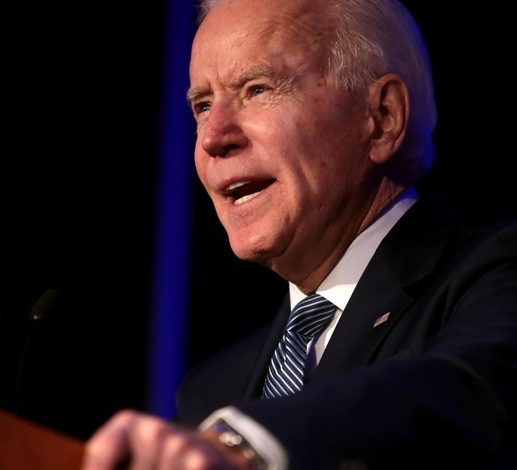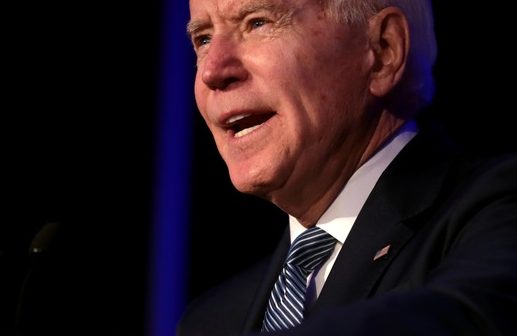
By Dr. Alon Levkowitz, December 20, 2020
BESA Center Perspectives Paper No. 1,852, December 20, 2020 – published with permission.
EXECUTIVE SUMMARY: While President Donald Trump’s Asia policy was not a central issue in the 2020 US presidential election, it had a huge impact on the American economy and security during his term as well as on Washington’s relations with countries in the region. President-elect Joe Biden will need to decide whether to tilt back toward Asia to balance China or leave Asia to China.
The Korean Peninsula
At the beginning of Donald Trump’s presidency, there were fears in the region that his new policy toward North Korea might drag the two halves of the Korean Peninsula into conflict. The “fire and fury” and “bloody nose” rhetoric raised concerns that US-North Korean brinksmanship might lead to an unintended clash if one side misinterpreted or misunderstood the statements or actions of the other.
At the start of 2018, the interaction between Pyongyang and Washington began to change with the partial assistance of the president of South Korea, Moon Jae-in. Trump and Kim attended the Singapore Summit on June 12, 2018, where official negotiations between Pyongyang and Washington began. This was the first time since the establishment of North Korea in 1948 that an acting US president met with an acting North Korean leader. Expectations were huge, and the euphoria that surrounded the summit led both parties to think the Korean Peninsula might at last be moving toward peace.
But the Hanoi Summit, held on February 27-28, 2019, was a failure, as the two sides misunderstood one another and had different expectations. If Trump’s main goal was to strip Pyongyang of its nuclear and missile capabilities, he failed to achieve that goal, as North Korea has continued to develop its long-range capabilities (as it demonstrated in its most recent military parade). But Trump did open a direct channel with Kim Jong-un that incoming President Joe Biden will be able to use to continue a dialogue and prevent escalation.
China
China was a factor in the US presidential election, with President Trump using the phrase “the Chinese virus” many times to refer to the COVID-19 pandemic. During his term in office, Trump tried to change the balance of trade and trade agreements between the US and China, as well as with several other states (Canada, Japan, South Korea, and others). Trump hoped that by increasing economic pressure on Beijing, it would change its economic policy. But this new US-China “Cold War,” as some scholars call it, did not drastically alter the trade balance between the two states. Trump also failed to convince US companies to move their Asian manufacturing plants out of the region and into the US.
The trade war with China was not the only regional issue on which Washington failed to deliver. The Asian balance of power (BOP) tilted toward China during Trump’s presidency, a shift countries in the region are watching with concern. Both Washington and Beijing are increasing pressure on Asian countries to support their respective policies. While in the past, Washington was more assertive in Asia, the message Asia has taken from Trump’s approach is that China is rising and they will have to recalibrate their China policy versus their US policy.
Asian regionalism
At the beginning of his presidency, Trump decided not to continue with the Trans-Pacific Partnership (TPP), leaving some of his Asia allies without a balancing mechanism against China. Trump’s Washington preferred bilateral relations over multilateral mechanisms as they offered more leverage. When the Asia-Pacific Economic Cooperation (APEC) was first established, the US did not want to join for fear that it might not be a dominant player in the group (though it did join it later). The Regional Comprehensive Economic Partnership (RCEP), a trade treaty signed in November 2020 that includes 10 states from Southeast Asia as well as China, South Korea, Japan, New Zealand, and Australia, created the world’s largest trading bloc without the US. Negotiations on the RCEP began in 2012, before Trump’s presidency. The RCEP sends a clear message to the Asia partners that China is the region’s main trading partner and the American role is diminishing.
President Biden will have to make the strategic decision of either tilting back toward Asia to balance China or leaving Asia to China.
Dr. Alon Levkowitz, a research associate at the Begin-Sadat Center for Strategic Studies, is an expert on East Asian security, the Korean Peninsula, and Asian international organizations.







